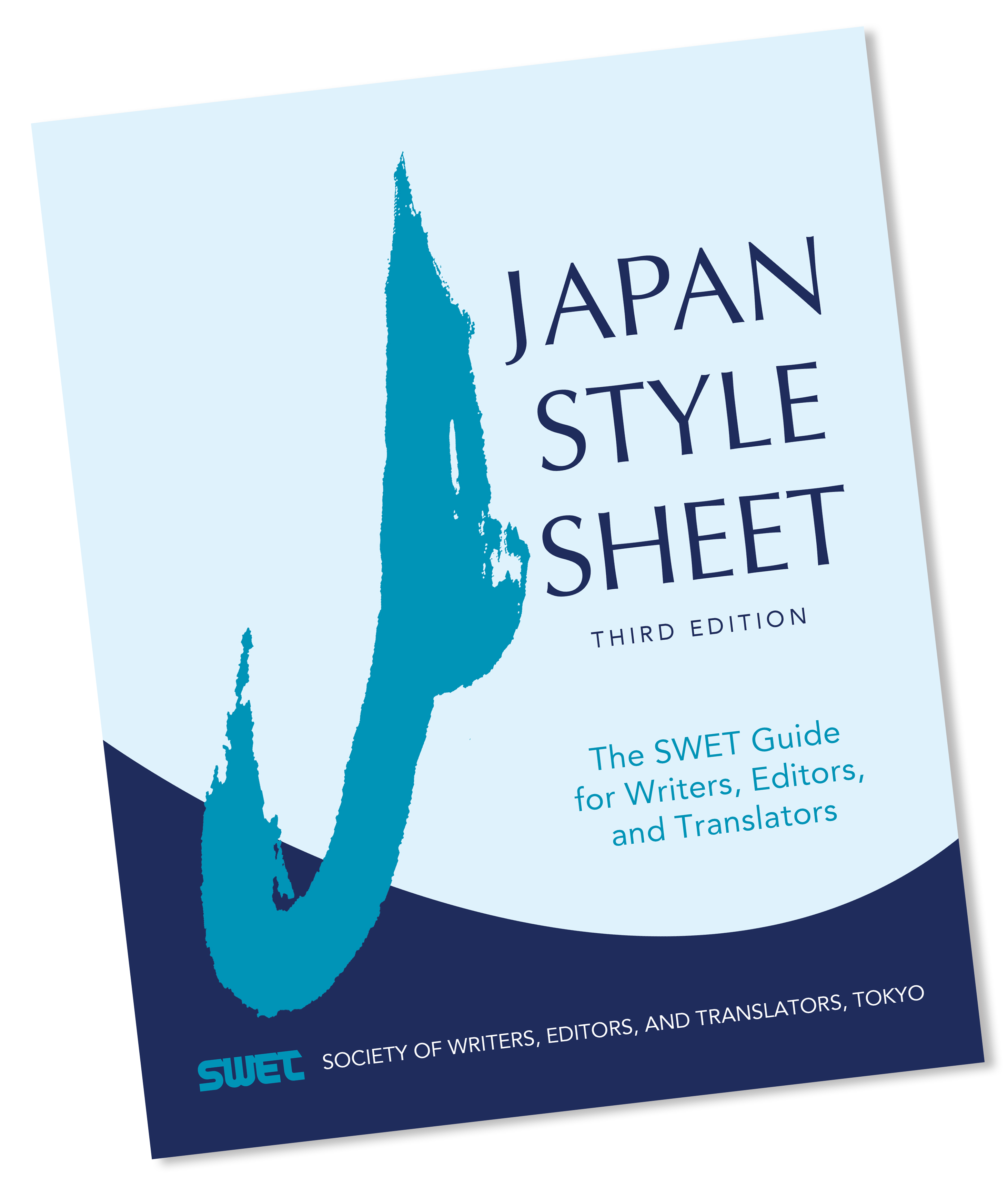August 31, 2018
Romanizing Japanese: Polishing the Fine Points
By Lynne E. Riggs
(Republished from June 2016)
Whether it’s a book title in a bibliography, a few lines of poetry, or a snippet of dialogue, romanization of Japanese in English text is a skill every wordsmith associated with Japan mobilizes now and then, and though it may seem easy, there are many intricacies the committed editor will want to polish. Close encounters with romanization do present various dilemmas. Are we breaking words apart correctly? When are those bits independent words and when not?
 When do we use hyphens/apostrophes and when not? When is an open space better than a hyphen?
When do we use hyphens/apostrophes and when not? When is an open space better than a hyphen?
Romanization charts are widely available on the Web and in many dictionaries and textbooks, so converting characters to roman spelling itself is not difficult. For some detailed advice, SWET’s Japan Style Sheet has the charts plus recommendations regarding transliteration (capitalization, italicization, hyphens, long-vowel notation, etc.). Even more detailed advice is needed for finer points—things like “derivatives of proper names,” rendering of the nakaguro (“centered point”), or handling of “honorific auxiliaries.”
For example, what would you do for:
1. 『東京の原風景: 都市と田園との交流』
2. 『新熊本市史』
3. 「港湾の開発、利用及び保全並びに開発保全航路の開発」
4. 日本画, 日本人論
(Model transcription below)
Even for those familiar with the Hepburn system from language study the fine points can be tricky. Now, those who are more accustomed to the Kunrei system or who learned Japanese without using romanization may wish for guidance when they face the choice of “shisōshi-teki,” “shisōshiteki,” or “shisō-shi-teki” for 思想史的, ponder whether 日露戦争 will be “Nichiro,” “Nichi-Ro,” or “Nichi Ro,” or 中国・四国の民芸 will be “Chūgoku-Shikoku no mingei” or “Chūgoku Shikoku no mingei.”
For a well-tested and codified style sheet for handling the romanization of Japanese using the Hepburn system, the U.S. Library of Congress is the place to go: http://www.loc.gov/catdir/cpso/romanization/japanese.pdf
The LC rules, which are also used in Canada and perhaps to some extent in the U.K., have been in existence in their current form since the 1980s (and seem to go back to guidelines drawn up in 1959). They are continually updated for grammatical logic, readability, and consistency based on recommendations from the Council on East Asian Libraries (CEAL)’s Committee on Technical Processing. These rules are widely followed by editors of scholarly and commercial books about Japan.
Title transcriptions:
1. Tōkyō no genfūkei: Toshi to den’en to no kōryū
2. Shin Kumamoto-shi shi
3. “Kōwan no kaihatsu: Riyō oyobi hozen narabini kaihatsu hozen kōro no kaihatsu”
4. nihonga, nihonjinron
(Thanks to Lynne Kutsukake (SWET) and Yoko Kudo of the Council on East Asian Libraries for background advice.)
